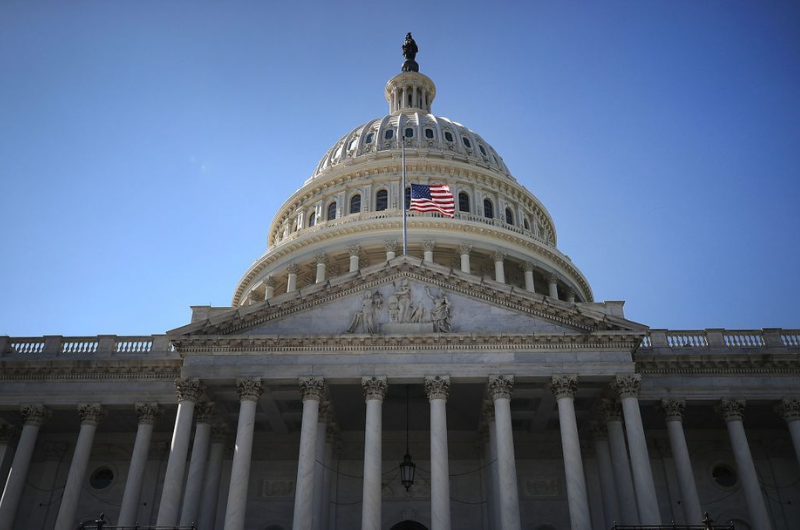


As the economy enters a new phase, rising interest rates and substantial inflation resemble a period not experienced since the early 1980s. Many credit union CFOs, CEOs, and other leaders have never experienced rapidly rising rates, a changing appetite for loans, and intense competition to attract and retain deposits.
Lining up proper deposit pricing and a solid strategy for the years to come will be crucial, as well as keeping informed on deposit-insurance chatter in Congress and on Capitol Hill — which is why credit unions should take note of the following research and guidance released this week.
Research Examines CU Industry Loan & Deposit Strategy
The Credit Union National Association (CUNA) Finance Council has published a new white paper: Loan and Deposit Strategy: Managing the Great Squeeze. It examines:
CUNA: CUs Must Have Deposit Insurance Parity with Banks
Credit unions must receive parity with banks in any deposit reform legislation, CUNA wrote to House Financial Services and Senate Banking, Housing, and Urban Affairs Committee leadership Monday. Congress and the Federal Reserve have indicated interest in deposit insurance reform in the wake of recent high-profile bank collapses.
“Our primary concern regarding any deposit insurance reform legislation passed by Congress is to ensure that credit unions receive parity, fair treatment, and equal protection with banks,” the letter reads. “CUNA is also concerned with any potential legislative impact on the National Credit Union Share Insurance Fund (NCUSIF) and resulting effects on the equity ratio and capital requirements required by the Federal Credit Union Act and implemented by the NCUA.”
The letter also addressed:
FDIC’s Special Assessment Proposal to Bolster Insurance Fund
Banks with assets of $50 billion or more would pay more than 95 percent of a special assessment aimed at making up the nearly $16 billion hit to the Federal Deposit Insurance Corporation’s (FDIC) deposit insurance fund after several recent bank failures, according to an FDIC proposal issued this week.
The FDIC’s proposal would levy an annual “special assessment” rate of 12.5 basis points to banks’ estimated uninsured deposits as of Dec. 31, 2022. Those with assets of less than $5 billion would not be subject, making 113 banks subject to the fee and 4,000 smaller institutions exempt.
This special assessment proposal is subject to a 60-day comment period. If the rule is adopted, the assessment would be collected over eight quarters, beginning in June 2024.
Fed’s Latest Reports: Financial Stability & Lending Survey
Banking system pressures, real estate stress, and persistent inflation top worries about financial stability — though the system overall remains stable, the Federal Reserve stated in a report this week. It addressed:
Additionally, the Fed released its Senior Loan Officer Opinion survey, which showed that:
California DFPI’s SVB Report: Oversight, Regulation & Supervision
The California Department of Financial Protection and Innovation (DFPI) has released the following report: Review of DFPI’s Oversight and Regulation of Silicon Valley Bank.
It summarizes the department’s supervision of Silicon Valley Bank and reviews circumstances leading to its failure, including the following:
The DFPI has also posted confidential supervisory information about Silicon Valley Bank — including examination report summaries, supervisory letters, and ratings downgrades — so policymakers and the public are fully informed about the circumstances leading to the bank’s demise.
2855 East Guasti Rd., Suite 202
Ontario, CA 91761
909.212.6000
1201 K. St., Suite 1050
Sacramento, CA 95814-3992
916.325.1360
c/o Great Basin FCU
9770 South Virginia Street
Reno, NV 89511-5941
202.638.5777 www.cuna.org
www.dfpi.ca.gov
Clothilde “Cloey” V. Hewlett — 415.263.8500
fid.state.nv.us
702.486.4120 (Las Vegas)
775.684.2970 (Carson City)